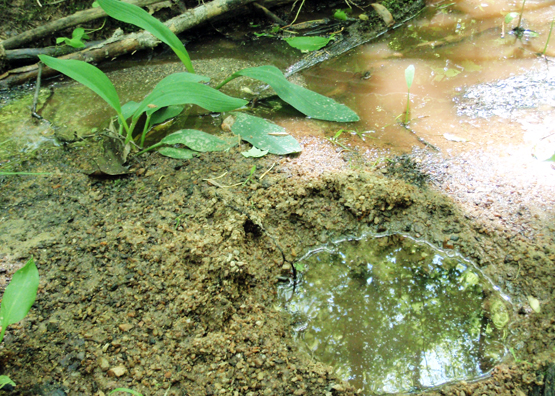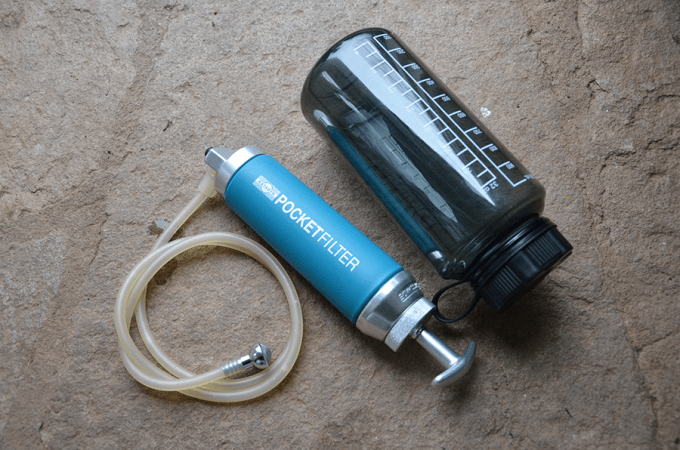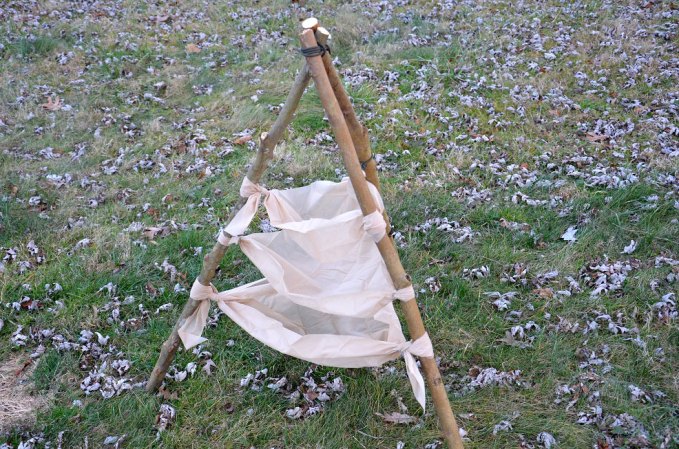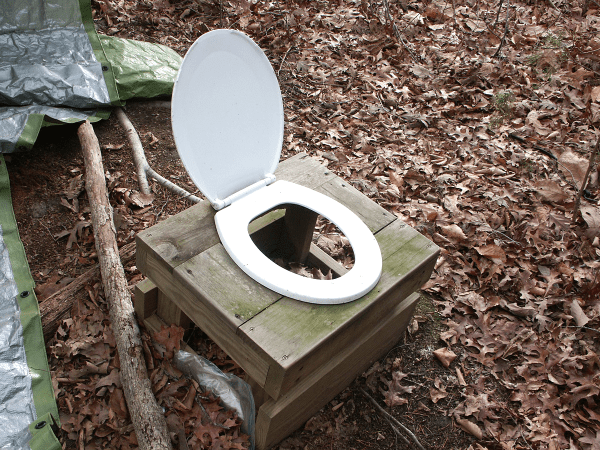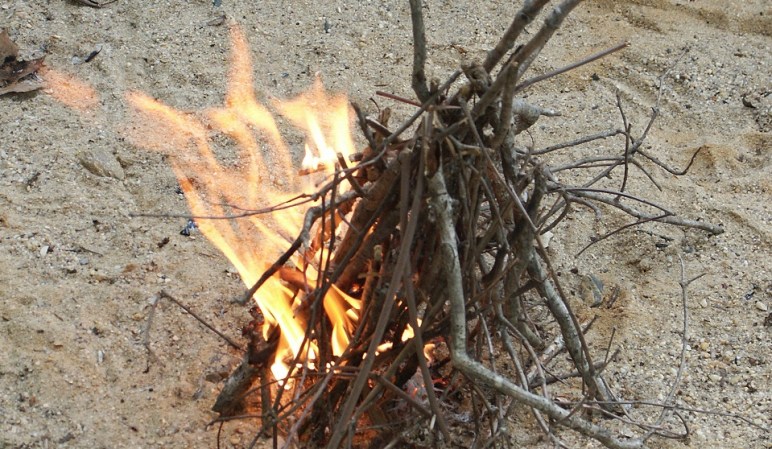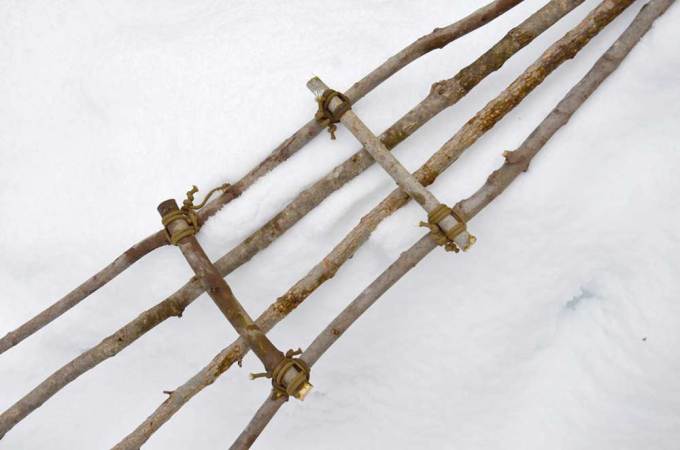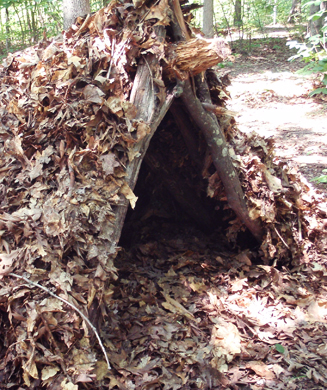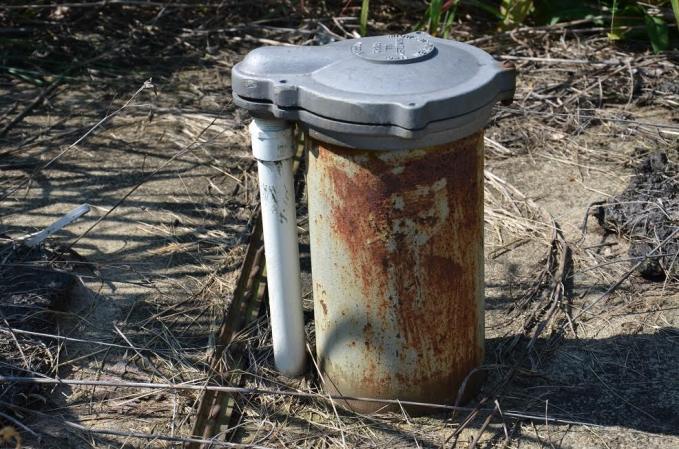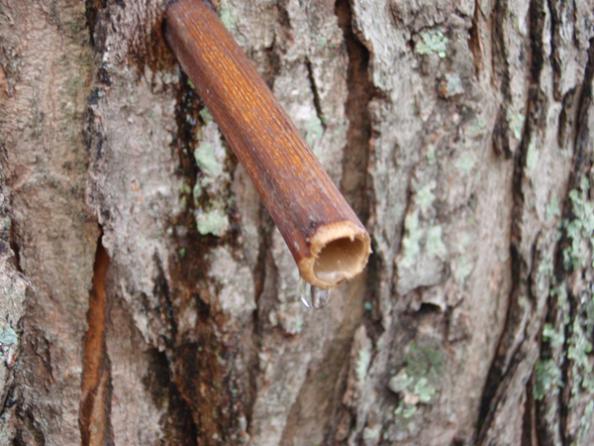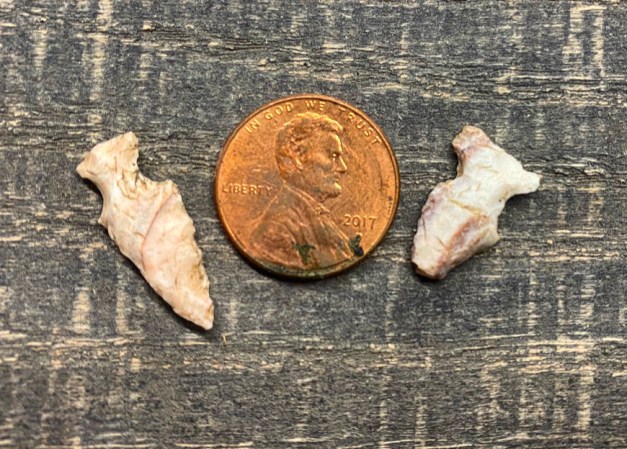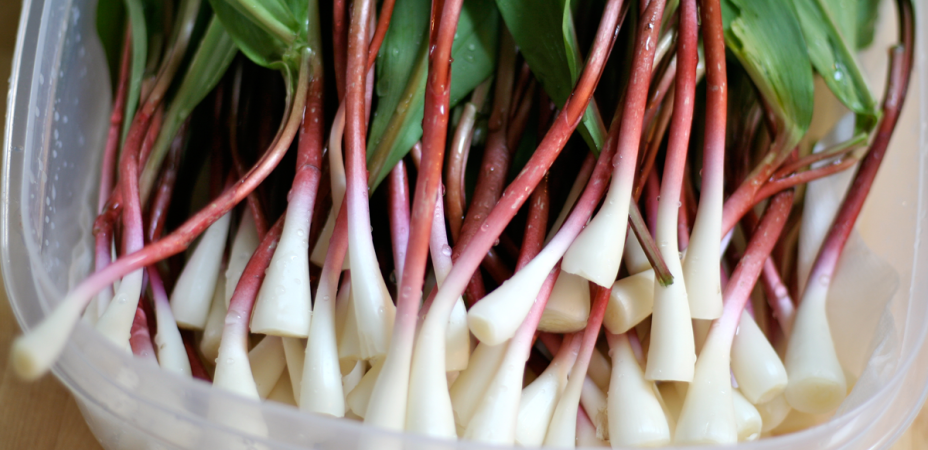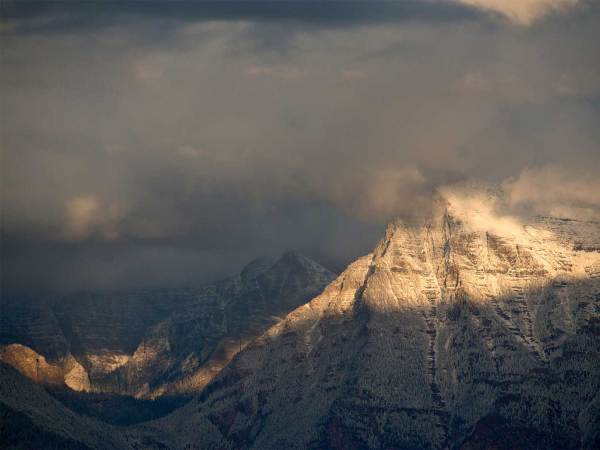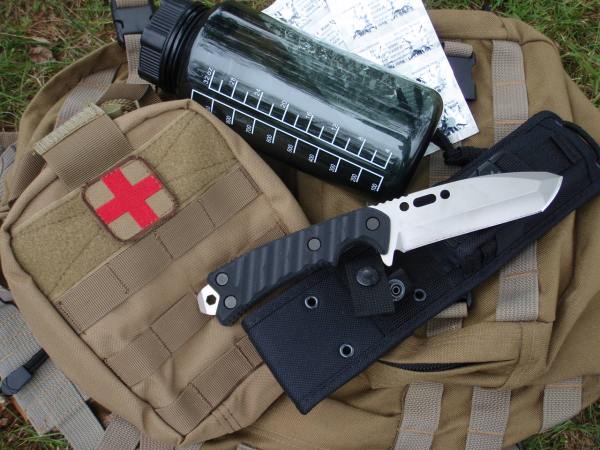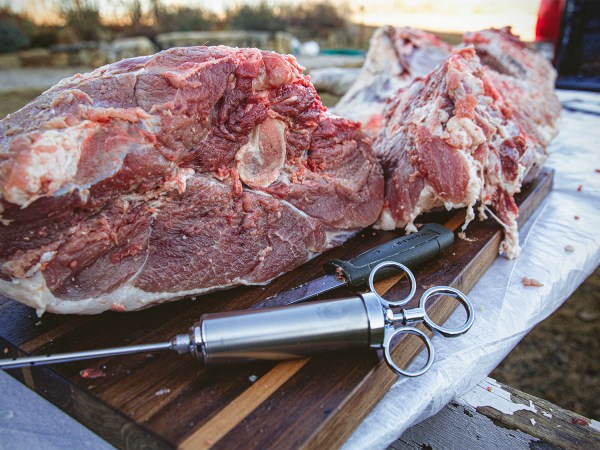The art and trade of well digging has almost been forgotten by modern people. This is an unfortunate loss, because wells have historically been the center point for so many farms and towns, especially in the drier parts of the world.
While it is neither safe nor practical to suggest that novices in an emergency could dig their own well to find water, it does make sense to use a version of the classic well.
If we have a fresh water source that is muddy, stagnant or otherwise afflicted, we can dig a “Gypsy Well” to help clarify that surface water. This water filtration technique does not filter out contaminants, but it can filter larger particles from the water which makes most water disinfection techniques work better. This rough form of filtration of the water will make it look better and taste better.
To make the well, dig a hole about one foot away from the edge of the questionable water source. Dig down about one foot to make the well’s volume worth the trouble. Now, we simply play the waiting game. The hole will fill with water, as the fluid seeps through the soil. Allow the water to sit for a few hours, or overnight; then collect the water and disinfect it with the best method you have available. You can boil the water for 10 minutes, treat it with chemicals or run it through a proper filter.
This type a percolation well works best in sandy or loamy soils — as silt, mud and clay don’t percolate very effectively.
This type of well can also be effective in boggy areas, where there isn’t any surface water but the water table it high. Just dig yourself a hole about a foot or two deep, in the lowest spot on the landscape that you can find. See if water starts to fill it in. If a few hours have passed with no H2O, then dig another foot deeper in the existing hole, or try another spot.
Ever dug for water? Let us hear about it in the comments.
